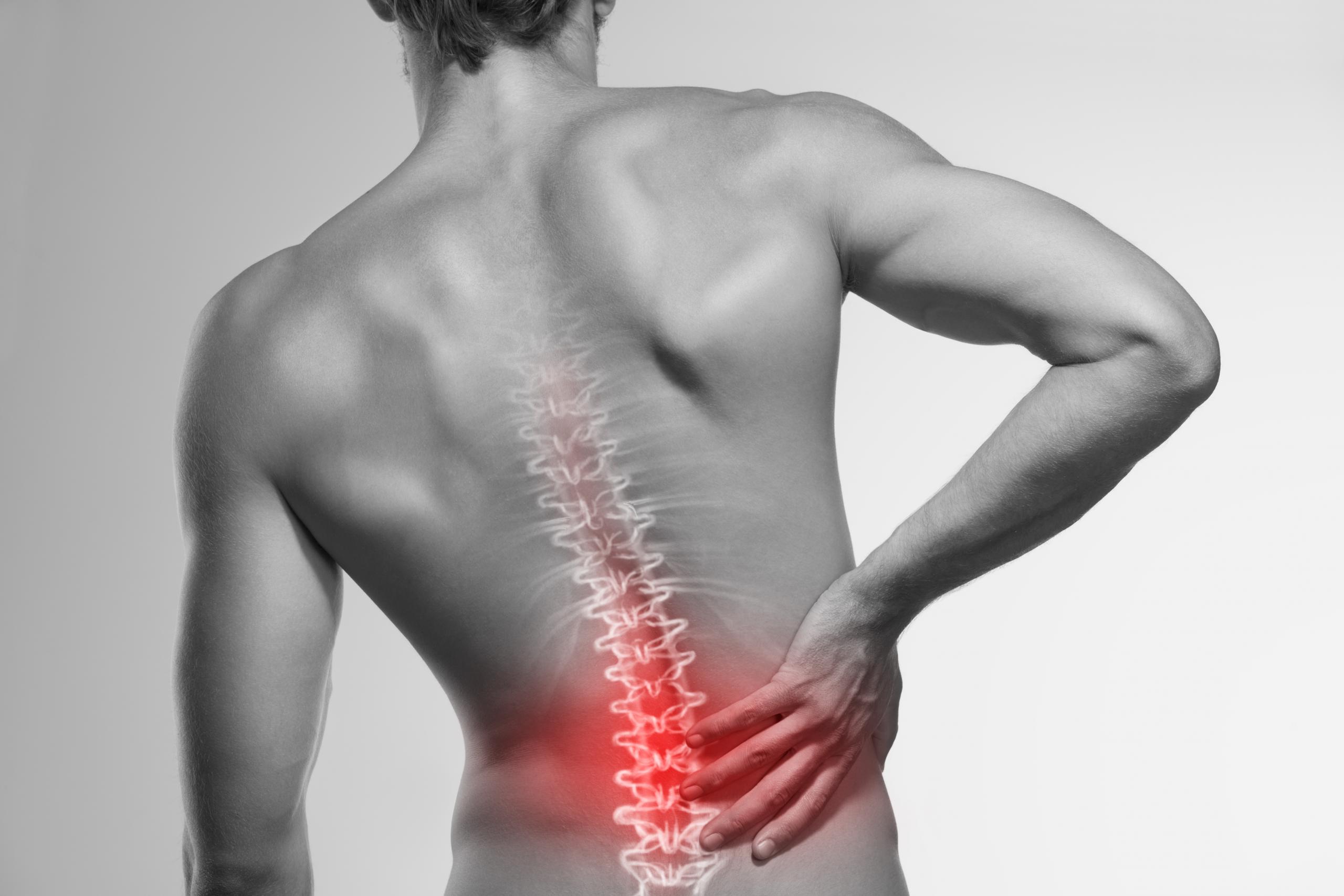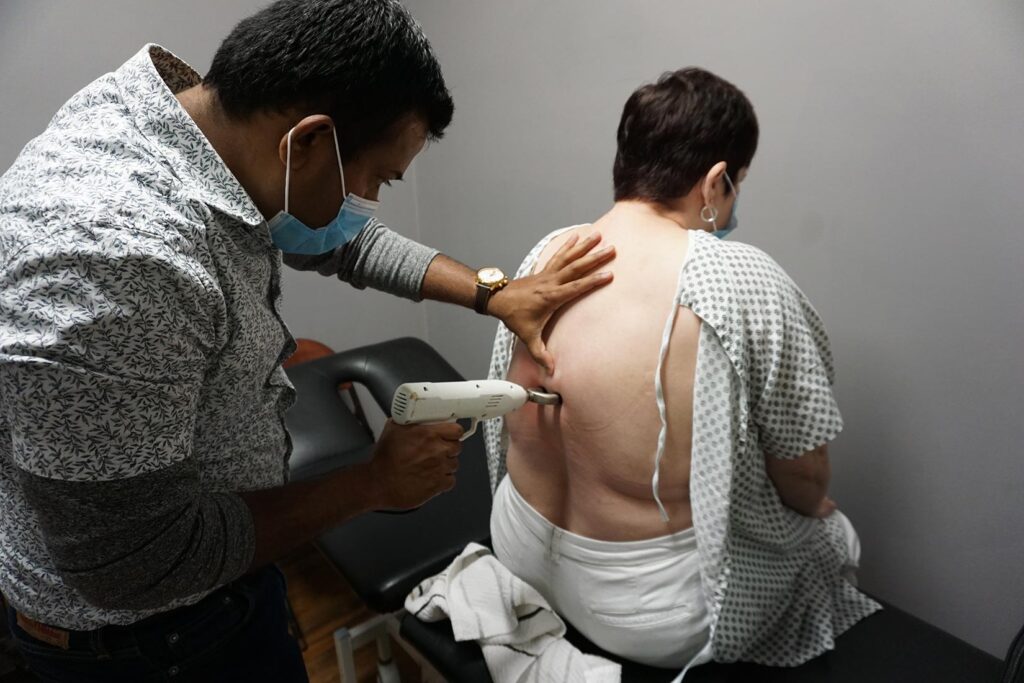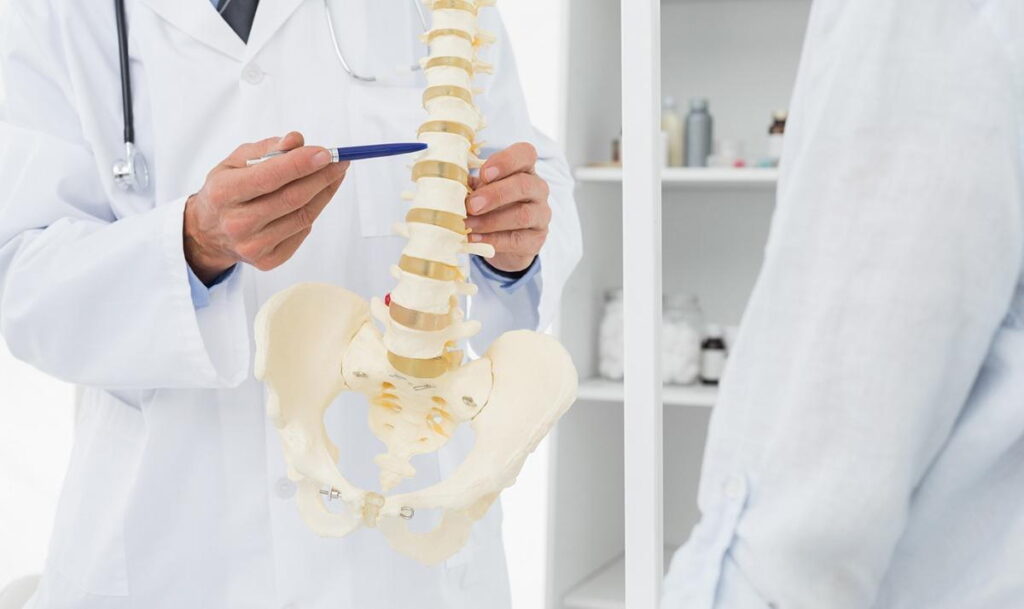
Spinal decompression therapy is a non-surgical treatment option for individuals suffering from chronic back pain. This therapy is designed to alleviate pressure on compressed discs and nerves in the spinal column, which can be caused by various conditions such as herniated discs, degenerative disc disease, or spinal stenosis. In Naples, Florida, clinics offering spinal decompression utilize advanced technology to assist patients in achieving pain relief and improved mobility.
The procedure involves a series of stretching and relaxation cycles aimed at creating a negative intradiscal pressure to promote the retraction of herniated or bulging disc material. This process can also facilitate the movement of water, oxygen, and nutrient-rich fluids into the discs so they can heal. The controlled mechanical decompression is typically performed using a specialized table under the guidance of a trained professional.
For those living in or around Naples, Florida, seeking an alternative to invasive back surgeries, spinal decompression presents a promising solution. The therapy’s gentle approach appeals to patients looking for a treatment rooted in enhancing the body’s natural healing ability without the risks and downtime associated with surgery. With personalized treatment plans, spinal decompression therapy in Naples is tailored to meet the specific needs of each patient, reflecting a commitment to individual-centered care.
Table of Contents
Understanding Spinal Decompression

Source: chiropractic-singapore.com.sg
Spinal decompression is a non-surgical treatment aimed at relieving pressure on the spinal cord or on one or more compressed nerve roots passing through or exiting the spinal column.
The Science Behind Spinal Decompression
Spinal decompression therapy involves stretching the spine using a traction table or similar motorized device, with the goal of relieving back pain and/or leg pain. This procedure is based on the principle of spinal distraction, which creates negative intradiscal pressure to promote retraction or repositioning of the herniated or bulging disc material, and facilitate the flow of nutrients into the disc, hence supporting the natural healing process.
- Negative Intradiscal Pressure: The reduction of pressure inside the disc (intradiscal space) can lead to the uptake of healing nutrients and other substances into the disc.
- Retraction of Herniated Disc Material: By creating space between vertebrae, bulging or herniated discs may retract, taking pressure off nerves and other structures in your spine.
- Promotion of Healing: The lower pressure in the disc may help to stimulate the body’s healing process, aiding in the recovery from spinal disc injuries.
Types of Spinal Decompression Procedures
Spinal decompression can be categorized into two main types: surgical and non-surgical decompression.
Surgical Decompression Procedures
- Laminectomy: Removal of a portion of the vertebral bone called the lamina.
- Discectomy: Removal of abnormal disc material that is pressing on the spinal cord or nerve roots.
- Foraminotomy: Expansion of the foramen where nerve roots exit the spine.
Non-Surgical Decompression Procedures
- Motorized Traction: A computer-controlled device gently stretches the spine.
- Manual Techniques: Certain chiropractic techniques can also apply decompressive forces without using a device.
Each type of decompression procedure has specific indications, benefits, and potential risks, which should be evaluated by a healthcare professional. Patients in Naples, Florida, might choose non-surgical spinal decompression as a conservative treatment option before considering surgical methods.
Spinal Decompression Therapy in Naples
Spinal decompression therapy is a non-surgical treatment option for individuals suffering from back pain. Napleso ffers various clinics specializing in this therapy to help patients relieve spinal pressure and pain.
Locating Spinal Decompression Services

Source: getwellphysiotherapy.org
Patients looking for spinal decompression Naples services can start by consulting local directories and medical listings. Healthcare facilities specializing in spine health are typically listed under:
- Chiropractic Clinics: Many chiropractors provide spinal decompression therapy.
- Physical Therapy Centers: Some centers incorporate decompression therapy into rehabilitative programs.
- Specialized Spine Clinics: These clinics offer comprehensive spine care, including decompression.
Patients may also seek recommendations from primary care physicians or check with insurance providers to find covered services. Online reviews and ratings can be helpful in identifying clinics with positive patient outcomes.
Evaluating Spinal Decompression Providers
When assessing potential providers for spinal decompression therapy, patients should consider:
- Credentials and Experience: Verify the provider’s qualifications, including certifications in spinal decompression therapy.
- Technology: Inquire about the type of decompression equipment used. Modern devices offer advanced features for improved outcomes.
- Success Rates: Seek information on the provider’s track record with previous patients.
A reputable clinic will openly share success stories and provide clear information about treatment plans and expected results. It is also important for patients to ensure that the provider has a thorough understanding of their specific condition before starting treatment.
Benefits of Spinal Decompression
Spinal decompression therapy offers significant advantages for those suffering from back pain. Here are some of the specific benefits patients can expect from this non-surgical treatment.
Pain Relief and Mobility Improvement
- Pain Reduction: Spinal decompression therapy has been shown to effectively reduce pain levels in patients with herniated discs, sciatica, and other spinal conditions.
- Improved Mobility: Regular sessions can enhance flexibility, allowing individuals to move more freely and with less discomfort.
Long-Term Outcomes of Decompression Therapy
- Reduced Need for Surgery: Long-term application of spinal decompression can decrease the likelihood of requiring invasive procedures.
- Sustained Relief: Patients often experience sustained relief from back pain, contributing to an improved quality of life over time.
Preparing for Spinal Decompression
Proper preparation can enhance the effectiveness of spinal decompression therapy and ensure patient safety. The following guidance is geared towards individuals in Naples, Florida, seeking this form of treatment.
Pre-Treatment Consultation and Assessment

Source: drpaulamato.com
A thorough consultation with a qualified healthcare provider is essential before undergoing spinal decompression. They will review the patient’s medical history, perform a physical examination, and may request imaging studies such as MRIs or X-rays. This step ensures that spinal decompression is appropriate for the patient’s condition. Health parameters such as blood pressure and nerve function may also be evaluated.
What to Expect During Treatment
During spinal decompression therapy, patients should wear comfortable clothing and remove any objects that may interfere with the machine. They can expect to be positioned on a motorized table, where a harness will gently stretch the spine. This process is non-surgical and typically painless. Each session may last approximately 30 to 45 minutes, and the number of sessions will vary based on the individual’s treatment plan.
Patients are often instructed to stay hydrated and may be given specific exercises to perform at home to support the treatment. It is important to follow the healthcare provider’s recommendations to maximize the benefits of spinal decompression therapy.
Post-Treatment Care

Source: physicaltherapyfirst.com
After undergoing spinal decompression in Naples, Florida, patients must follow specific care instructions to ensure a smooth recovery. Adherence to these guidelines is critical for the success of the treatment.
Recovery and Aftercare Instructions
- Rest Period: Patients should allow their body to rest post-treatment. A minimum rest period of 24-48 hours is recommended before resuming light activities.
- Hydration: Staying hydrated is crucial. Patients are advised to drink at least 8-10 glasses of water daily to aid in the healing process.
- Pain Management: Over-the-counter pain medication may be used as prescribed by the healthcare provider to manage discomfort.
- Follow-Up Appointments: Patients must keep all scheduled follow-up appointments to track recovery progress.
Lifestyle Changes and Ongoing Support
- Physical Therapy: Engage in physical therapy exercises as recommended to strengthen the muscles and support the spine.
- Ergonomic Adjustments: Incorporate ergonomic furniture and tools to maintain spine health during daily activities.
- Nutritional Support: A balanced diet rich in calcium, vitamin D, and anti-inflammatory foods helps promote spinal health.
- Emotional Well-being: Mental health support through counseling or support groups can be beneficial in managing the emotional aspects of recovery.







